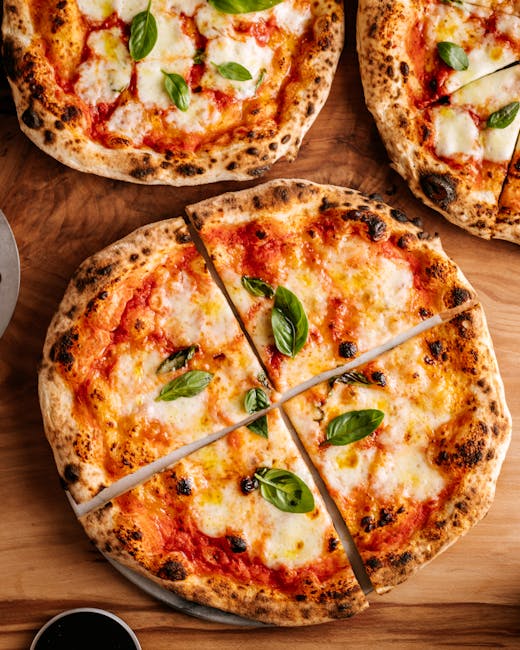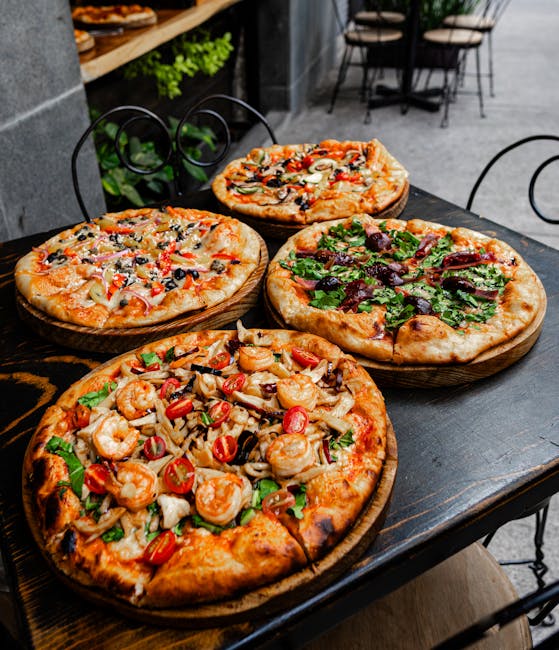
While poutine has become the international ambassador of Canadian food, our culinary landscape offers so much more depth and diversity than this beloved dish suggests.
The Regional Tapestry of Canadian Cuisine
Canada's vast geography creates distinct regional food identities that often get overlooked in the global conversation. From Atlantic seafood traditions to Prairie grain innovations and West Coast fusion approaches, each region contributes unique flavors to our national table.

Indigenous Foundations
Before European settlement, Indigenous peoples across Canada developed sophisticated food systems using local ingredients like bison, salmon, wild rice, and berries. These foundations continue to influence modern Canadian cooking in profound ways.
"Canadian cuisine isn't just about what we eat—it's about the stories behind the food and the communities that preserve these traditions."
Immigrant Influences and Evolution
Wave after wave of immigration has enriched Canadian food culture, creating a dynamic culinary scene where traditional recipes adapt to local ingredients while maintaining their cultural roots.

Key Takeaways
- Regional diversity defines Canadian food more than any single dish
- Indigenous foodways provide the foundation for understanding Canadian cuisine
- Immigrant communities continuously reshape our culinary identity
- Seasonal and local ingredients drive authentic Canadian cooking
As we move beyond the poutine-centric narrative, we discover a richer, more complex culinary story that truly represents Canada's diversity and heritage.

Dr. Marques Jaskolski
Culinary Historian & Northern Nosh Contributor